J. Michael Luzier
June 25, 2014
A 50-Year Legacy of Innovation
2014 is a significant year for Home Innovation Research Labs, which started its life in 1964 as the NAHB Research Institute. This year – in fact, this month – marks our 50th anniversary, so it seems an appropriate time to look back and take stock of some of the major milestones that have defined and differentiated this company over its half-century history.
Home Innovation is a for-profit company. But, in pursuit of our mission to help advance technologies that promote affordability, energy efficiency, durability, and quality in home construction, we undertake a lot of research projects that other companies like us wouldn’t. Pure research simply does not have the bottom line benefits to entice other for-profit research organizations to take up that mantle. This is why most manufacturers don’t undertake projects like we do either. However, as a subsidiary of the industry’s leading trade association and as part of our bylaws, it is incumbent upon us to take on research projects that help advance the state of our industry at large.
Below are just a few of the advancements we’ve helped usher into existence and common practice within our industry.
Optimum Value Engineering
We were on the cutting edge of developing optimum value engineering, or OVE, practices, defining for mass-consumption ways to build structurally sound homes using fewer materials with lower costs compared to traditional construction techniques. Data from our Annual Builder Practices Survey show that over 30 percent of the market currently uses elements of OVE such as two-stud corners, smaller sized headers, and floor joists at 19.2 or 24-inch spacing. These concepts did not even exist before our efforts in the 1960s and ‘70s.
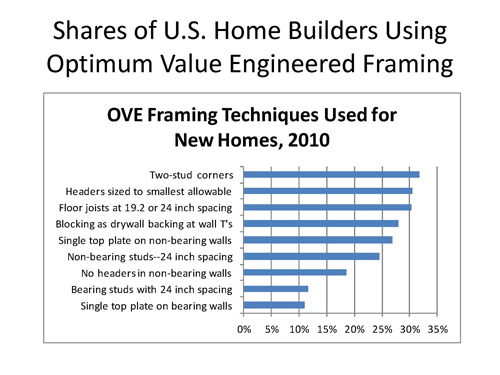
(From Home Innovation 2010 Annual Builder Practices Report data.)
In just the last six months, we’ve helped to further advance the principles of OVE by refining the extended plate and beam system in our laboratory. In fact, this technology is currently being put into action in a series of demonstration homes being built in Pennsylvania. While we couldn’t get a builder to take the risk of implementing this new technology, despite its sound engineering and prospect of greatly improving a home’s durability and energy efficiency in preparation for the new more stringent energy codes, we were able to work with a trade school to put it into practice in actual homes. (This further underscores the reason we do what we do — it's just too risky an endeavor for most builders or manufacturers.)
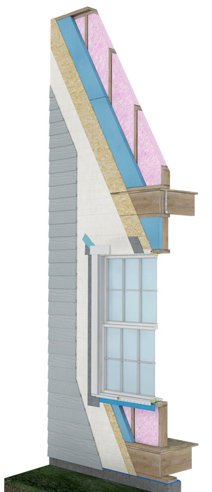
NEXT-GENERATION OVE: Diagram of the extended plate and beam design created by Home Innovation Research Labs.
Residential Steel Framing, SIPs, ICFs
Home Innovation also removed barriers to the use and adoption of residential steel framing, structural insulated panels (SIPs), and insulated concrete forms (ICFs) by creating prescriptive guides and eliminating the need for costly engineering approval on a project-by-project basis. We also created enabling provisions that were placed in the I-Codes, leading to greater choice of practical materials and systems in the marketplace.
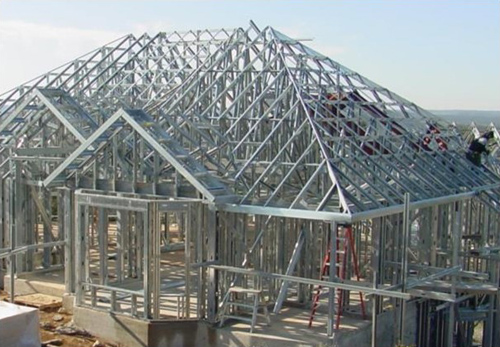
HOUSE OF STEEL: While certainly not faster than a speeding bullet, residential steel construction and other home building innovations have gained more and faster market penetration than they would have without Home Innovation assistance in removing barriers.
National Green Building Standard
Working with NAHB and ICC, we helped develop and make available to the mainstream a cost-effective, rigorous yet flexible, market-proven alternative to LEED for homes. Our certification to the NGBS began in January 2009 and since that time, we’ve certified over 36,000 single-family homes, apartments, and lots in green developments. And our in-process certification numbers for 2014 and 2015 are projected to be significantly higher than in any year to date. We are currently serving as Secretariat for the 2015 NGBS development process, which now includes ASHRAE as an organizer, and look forward to how the next iteration of this standard will continue to set a high bar for voluntary, above-code green home building, remodeling, development.
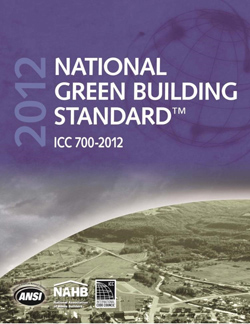
SETTING THE STANDARD: As the first consensus-based, ANSI-approved standard for green home construction, the NGBS helped define green and make it available to the mainstream.
Frost Protected Shallow Foundations
While Frost Protected Shallow Foundations (FPSF) may not be an everyday technology for most home builders, those building in cold climate regions are certainly familiar with the cost, time, and aggravation savings this technology provides. Home Innovation experts led the engineering effort to develop and promote this technology that provides protection against frost damage without the need to excavate below the frost line, while simultaneously improving a home’s energy efficiency. The guide we developed on construction of FPSF in 2004 is still the leading resource for the industry.
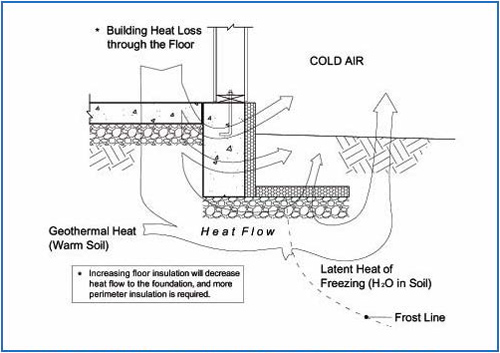
THE COLD HARD TRUTH: Frost Protected Shallow Foundations provide a practical alternative to deeper, more-costly foundations in cold regions with seasonal ground freezing and the potential for frost heave.
More to Come
They say if you’re not changing, you’re dying. While no builder uses all of these technology innovations on a daily basis, most use at least one of them frequently to improve quality, efficiency, and consumer appeal of the homes they build. Imagine how stagnant individual builder businesses, and the industry overall, would be without these types of advances, growth, and improvement on our day-to-day technologies.
For all our technology and research successes of the past, I’m even more excited about the future of Home Innovation Research Labs. We continue to forge new relationships and bolster our existing ones with innovative product manufacturers, builders, and other industry stakeholders. In addition to being on the forefront of change within the green home building arena with our work on the next-generation NGBS, we’ve also got an influx of new and innovative products and systems in our lab right now undergoing both physical testing and observational user-based research. Which innovations do you think will be on our list in the next 50 years? Will it be yours? I’d love to discuss how we can help you find a home for your innovation in our industry – give me a call at 800.638.8556.
Back to Top